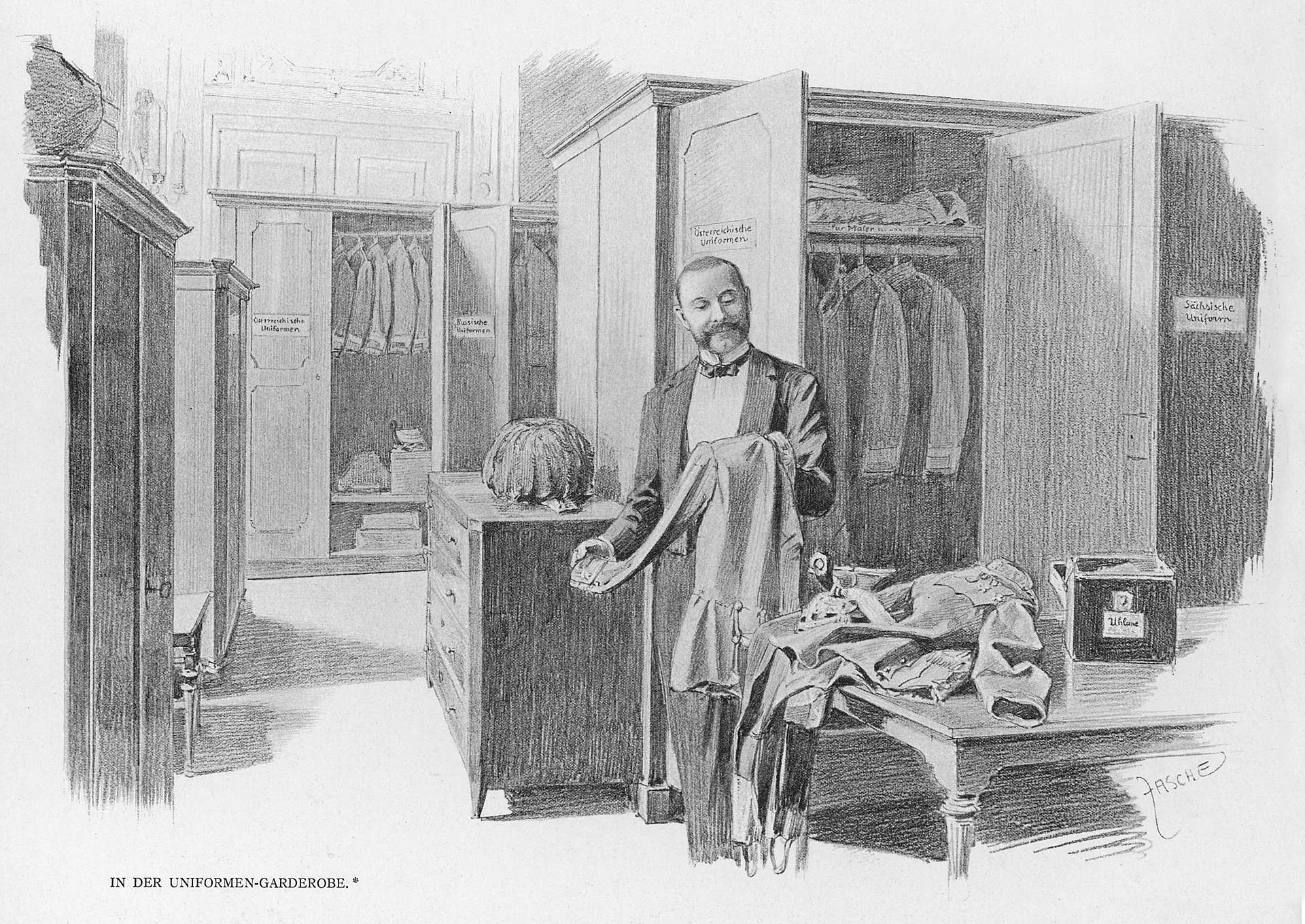Technisch notwendige Cookies sind für die grundlegenden Funktionen der Website erforderlich. Diese Cookies können Sie in Ihren Browser-Einstellungen blockieren oder löschen, aber Sie laufen dann Gefahr, dass einige Teile der Website nicht ordnungsgemäß funktionieren.
Die in den Cookies enthaltenen Information dienen nicht dazu, Sie persönlich zu identifizieren. Diese Cookies werden niemals zu anderen als den hier angegebenen Zwecken verwendet.
- PHPSESSID: Technisch notwendiges Cookie vom Webserver. Ablauf: Session. Typ: Typo3 Cookie.
- cookieNotice: Steuerung der Cookie-Zustimmung. Ablauf: 1 Jahr. Typ: Custom.
- cookieNoticeTech: Wird verwendet, um zu überprüfen, ob der Benutzer technisch notwendige Cookies zulässt. Ablauf: 1 Jahr. Typ: Custom.
- cookieNoticeGA: Wird verwendet, um zu überprüfen, ob der Benutzer Analyse-Cookies zulässt. Ablauf: 1 Jahr. Typ: Custom.
- cookieNoticeFunctional: Wird verwendet, um zu überprüfen, ob der Benutzer Social-Media-Cookies zulässt. Ablauf: 1 Jahr. Typ: Custom.
- cookieNoticeAll: Wird verwendet, um zu überprüfen, ob der Benutzer alle Cookies zulässt. Ablauf: 1 Jahr. Typ: Custom.
- LanguageRecognizer: Wird verwendet um die Sprache des Benutzers zu erkennen. Ablauf: 30 Tage. Typ: Custom.
Beim Aufruf eingebundener Videos von YouTube und Vimeo wird eine Verbindung mit den externen Anbietern aufgebaut. Weitere Informationen finden Sie unter https://policies.google.com/privacy?hl=de&gl=at bzw. https://vimeo.com/cookie_policy
Wir verwenden Matomo, um die Benutzung unseres Internetauftritts zu analysieren.
- _pk_id: Erkennt Website-Besucher (anonym – es werden keine personenbezogenen Nutzerdaten gespeichert)
Typ: Beständiges Erstanbietercookie, Vorhaltedauer: 13 Monate - _pk_ses: Erkennt, welche Seiten derselbe Nutzer während desselben Besuchs angezeigt hat
(anonym – es werden keine personenbezogenen Nutzerdaten gespeichert)
Typ: Beständiges Erstanbietercookie, Vorhaltedauer: 30 Minuten - _pk_ref: Dieser Cookie dient zur Verknüpfung von Besuch und Verweis (Quelle).
Somit kann ausgewertet werden inwiefern sich die Nutzung der Webseite nach Quelle unterscheidet.
Typ: HTML, Vorhaltedauer: 6 Monate - _pk_cvar: Dieser Cookie dient zur Übergabe von benutzerdefinierten Variablen,
wie bspw. spezifische Informationen zur Seite (URL, Titel der Seite) .
Typ: HTML, Vorhaltedauer: 30 Minuten - _pk_hsr: Dieser Cookie dient zur Übergabe von Informationen hinsichtlich
der Nutzung von Heatmaps und ist optional.
Typ: HTML, Vorhaltedauer: 30 Minuten

